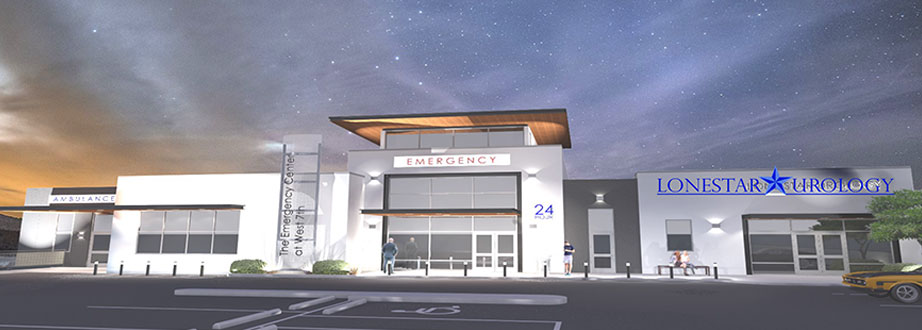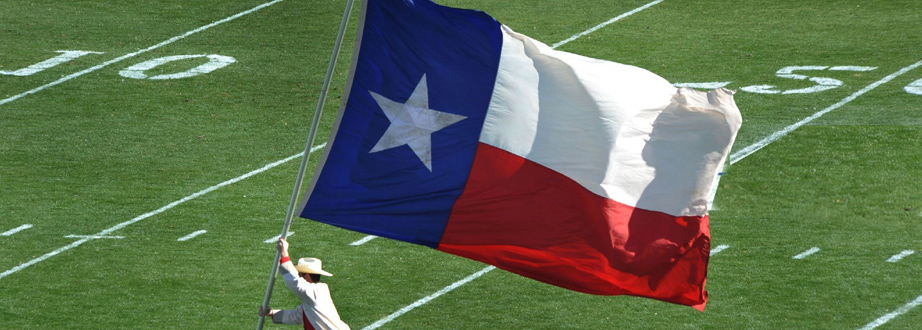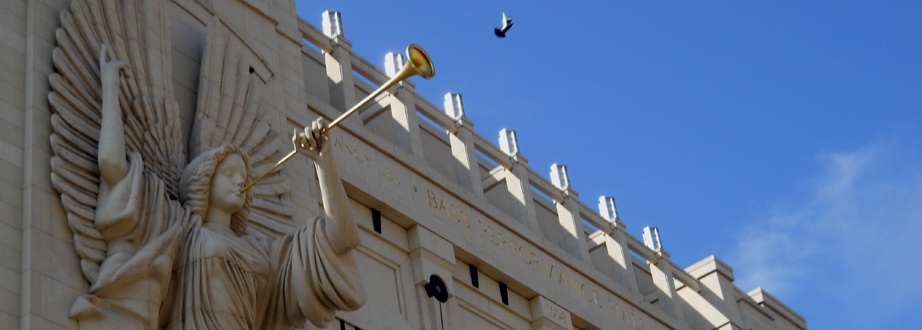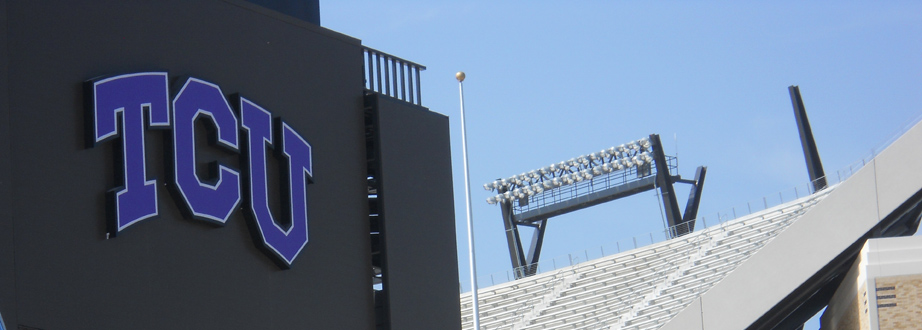

Horizontal Menu with CSS3 Css3Menu.com

Have a question for Dr. Stroud, or want to make an appointment? We want to hear from you!
817-335-0199

Glossary
a b c d e f g h i j k l m n o p q r s t u v w x y z
percutaneous nephrolithotomy (PCN): Percutaneous means "though the skin." In PCN, the surgeon or urologist makes a 1-centimeter incision under local anesthesia in the patient's back, through which an instrument called a nephroscope is passed directly into the kidney and, if necessary, the ureter. Smaller stones may be manually extracted. Large ones may need to be broken up with ultrasonic, electrohydraulic or laser- tipped probes before they can be extracted. A tube may be inserted into the kidney for drainage.
pelvic muscle exercises: Pelvic muscle exercises are intended to improve your pelvic muscle tone and prevent leakage for sufferers of Stress Urinary Incontinence. Also called Kegel exercises. (see biofeedback)
periurethral bulking injections: A surgical procedure in which injected implants are used to "bulk up" the area around the neck of the bladder allowing it to resist increases in abdominal pressure which can push down on the bladder and cause leakage.
post-void residual (PVR) volume: A diagnostic test which measures how much urine remains in the bladder after urination. Specific measurement of PVR volume can be accomplished by catheterization, pelvic ultrasound, radiography, or radioisotope studies.
prostaglandin: Any of various oxygenated unsaturated cyclic fatty acids of animals that have a variety of hormonelike actions (as in controlling blood pressure or smooth muscle contraction).
prostate: A muscular, walnut-sized gland that surrounds part of the urethra. It secretes seminal fluid, a milky substance that combines with sperm (produced in the testicles) to form semen.





